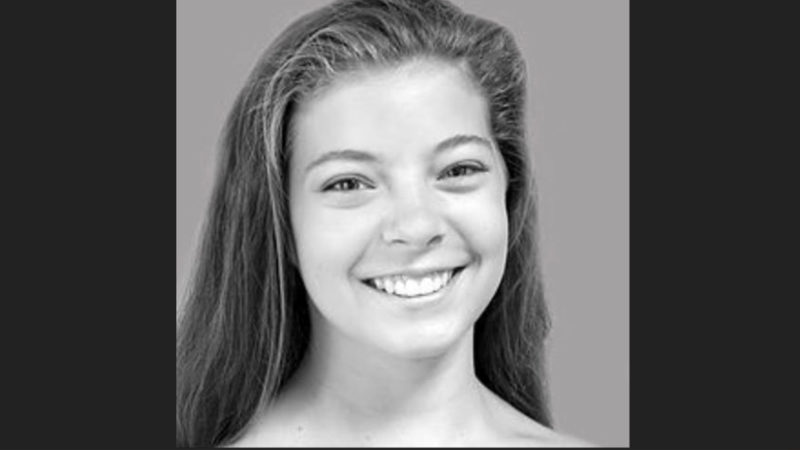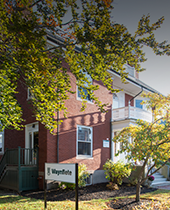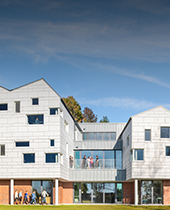“So THIS is Model UN”
Earlier this month, I found myself standing in front of nearly 200 students from all around New England, explaining the benefits of limestone chimney scrubbers. What on Earth have I gotten myself into?! I thought to myself, as hundreds of eyes and ears watched and listened from the lecture hall seats, considering if my drafted resolution for air pollution management was worth voting for. My voice shook for the 30 second speaking time I was granted to answer each of my fellow delegates’ questions. My five-minute presentation with my partners concluded, and I sank back into my assigned seat labeled with the Japanese flag, sighing with relief that the hardest part of my day was over. So this is Model UN.
For nearly six weeks, I worked alongside 40+ Waynflete Upper-Schoolers, preparing position papers and researching our countries’ political climates for countless hours. In essence, we willingly chose to take a 6th class (complete with homework) and attend a three-day conference during one of the busiest times of the year for both academics and extracurriculars―all in the name of diplomacy. This was my first opportunity to participate after hearing about it from the majority of my friends and peers for years. But even as a rookie, I felt prepared thanks to the help and support of the Waynflete veterans and Ben Mini, our advisor.
The most exciting part of Model UN is the conference, and for good reasons. For a few days we get to experience college life: staying in dorm rooms, meeting new friends, extended independence, and (of course) eating dining hall food. We also have the opportunity to learn diplomacy from political science students, most of whom will pursue careers in the field after college. On the first day, an opening ceremony introduces the keynote speaker and the members of the secretariat: the Chairs, or “dais,” of each committee. The General Assembly, my committee, is the largest with almost 200 countries and organizations represented by students from all around Maine and New England. Each day consists of 1-3 sessions, where delegates debate solutions to some of the world’s most pressing issues. The GA discussed the management of Earth’s waste and Kurdish self-determination, both of which engaged us for the duration of the conference. During free times in the evenings, kids can be found at the “Global Getdown” (the dance on the second night), getting to know fellow delegates, and drafting resolutions. Resolutions are potential solutions to the issues presented to the committee that countries collaborate on over the span of the conference, culminating in a voting bloc. Delegates during voting bloc vote on the drafted resolutions, which marks the exhaustion of a topic and the introduction of the next.
Thankfully, our resolution passed, allowing my fellow sponsors and me to be recognized by the dais for successful diplomacy. This recognition also put me in the running for awards, and sure enough my name was announced the following day for Distinguished Delegate of the General Assembly. Although winning such an award is an honor in of itself, and the benefits it will provide in the future are valuable, the true take away from my experience didn’t have a special title or ceremony dedicated to it. At MeMUNC, I was able to grasp the importance of diplomacy not only in international relations, but also in collaboration and communication skills valuable to any future career path. It taught me that whatever backgrounds we come from and what schools we attend are only miniscule details in the concept of Model UN: to inspire global citizenship. I invite any students interested to learn more about MeMUNC. It’s a high school experience you won’t want to miss out on!



